9-minute read
keywords: biography, history of science
Until two weeks ago, Humboldt was one of several famous past scholars I only knew by name. Last month’s release of this short biography was the perfect opportunity to fill this knowledge gap, so I sat down to compare it with Andrea Wulf’s The Invention of Nature, which received widespread acclaim ten years ago. Historian Andreas W. Daum shows that good things come in small packages and delivers a factual, nuanced, and admirably concise biography. It also confirmed that reading two biographies back-to-back is a rewarding and instructive exercise. This, then, is the second of a two-part review of the long and remarkable life of Prussian naturalist, scholar, and explorer Alexander von Humboldt.
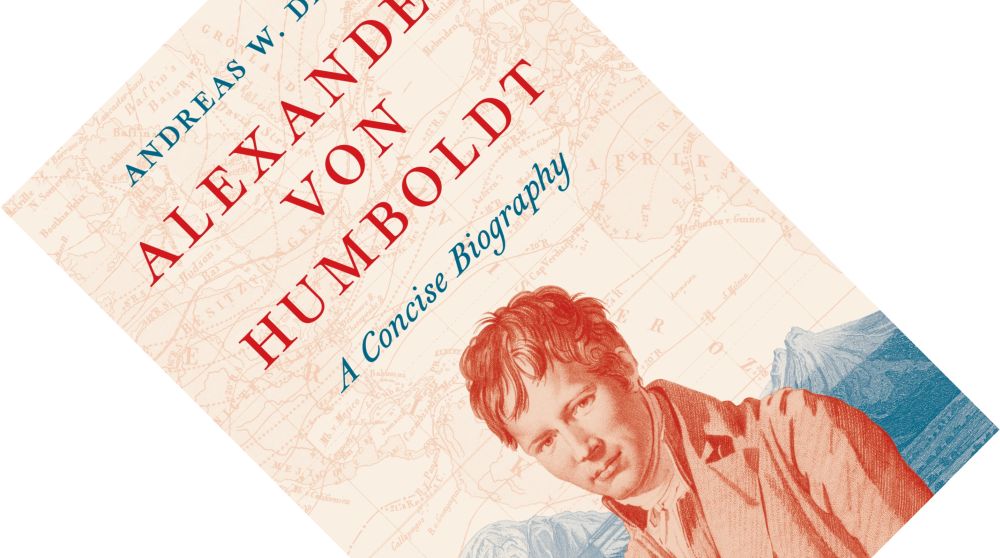
Alexander von Humboldt: A Concise Biography, written by Andreas W. Daum, published by Princeton University Press in January 2025 (hardback, 208 pages)
Straight off the bat, you can tell that this will be a different book. First is its size: at 208 pages and measuring some 13 × 21 cm, it is swallowed by The Invention of Nature. Second, though Wulf moved to Germany as a child and is thus equally comfortable parsing German sources, Daum is just that bit more qualified: he is a historian actively researching Humboldt’s biography. Currently based at the University at Buffalo, New York, he was born, raised, and educated in Germany. This book was originally published in German in 2019 by Verlag C.H.Beck, titled simply Alexander von Humboldt. The English translation is by Robert Savage, with Daum actively involved in revising and expanding it while directly translating quotations from German and French to retain their original meaning.
A more detailed comparison between the two biographies follows at the end as I first want to judge this book on its merits. Daum discusses Humboldt’s life in six chapters that (chiefly) cover his childhood and education, his work as a mining inspector and his early publications, his famous expedition through America, his twenty-year stay in Paris, his return to Berlin and journey to Russia, and his final two decades during which Kosmos became the focus of his life. A short interlude chapter reflects on his scientific approach, while the book ends with a chronology (3 pp.), a very useful narrative guide to sources and further reading (9 pp.), endnotes (13 pp.), and a selected bibliography (6 pp.). As mentioned in my previous review, biographies are more than statements of facts, with different writers emphasizing different aspects. Daum has a clear mission statement: to examine Humboldt’s life “through a refined biographical lens [that] avoids both mystification and vilification [and] to suggest a more nuanced interpretation, portraying a multifaceted Humboldt” (p. 3). Two aspects stood out to me.
First, throughout, Daum pushes back on previous portrayals of Humboldt. For example, after acknowledging Nicolaas A. Rupke’s fine analysis of previous biographies, Daum characterises the recent biographies by Wulf and Maren Meinhardt as “popular, heroic accounts” (p. 162) that tend to portray Humboldt as “a singular intellect way ahead of his time” (p. 2). He adds a clear barb at Wulf’s address by writing that Humboldt did not invent nature. He equally objects to linguist Mary Louise Pratt’s postcolonial critique of Humboldt as a gentleman colonizer who “saw non-European worlds primarily with ‘imperial eyes’” (p. 3). Though Daum agrees such criticism is “a necessary corrective to an idealized, glorifying image of the Prussian explorer” (p. 63), it needs to be combined with a fair assessment of his progressive sides. Portrayals of Humboldt as a second Columbus are similarly scorned as “simplistic tropes [that] reflect a colonial worldview” and simply are not true: “Humboldt was not venturing into unknown territory. Nowhere was he the ‘first’” (p. 55). This is true for both the American expedition and his later trip to Russia: naturalists in Estonia had already laid a scientific basis for Russia’s eastward expansion, and Humboldt was not the first researcher to travel here.
“Daum has a clear mission statement: to examine Humboldt’s life “through a refined biographical lens [that] avoids both mystification and vilification” (p. 3)”
More pushback comes when Daum distinguishes between Humboldtian science and Humboldt’s science![]() . Humboldt’s call for systematic collection of geomagnetic and climatological data by networks of observatories, later pursued by both Russia and the UK, has been called an example of Humboldtian science by historian Susan Faye Cannon. Daum counters that this is a later archetype that “drew on Humboldt and his ideal of systematic measurements and quantification but jettisoned his emphasis on the aesthetic” (p. 124). Humboldt’s science, in contrast, was far more tentative, trying to balance empirical science with one’s subjective experience of nature. He did not have it all figured out before or after his American expedition. To suggest otherwise is “a retrospective projection that doesn’t do justice to his ongoing struggle to collect and generate knowledge” (p. 52). Finally, though Humboldt is venerated in South America and he welcomed declarations of independence, he played no role in them: “the label ‘father of Latin American independence’ is an […] ahistorical, heroizing trope” (p. 109).
. Humboldt’s call for systematic collection of geomagnetic and climatological data by networks of observatories, later pursued by both Russia and the UK, has been called an example of Humboldtian science by historian Susan Faye Cannon. Daum counters that this is a later archetype that “drew on Humboldt and his ideal of systematic measurements and quantification but jettisoned his emphasis on the aesthetic” (p. 124). Humboldt’s science, in contrast, was far more tentative, trying to balance empirical science with one’s subjective experience of nature. He did not have it all figured out before or after his American expedition. To suggest otherwise is “a retrospective projection that doesn’t do justice to his ongoing struggle to collect and generate knowledge” (p. 52). Finally, though Humboldt is venerated in South America and he welcomed declarations of independence, he played no role in them: “the label ‘father of Latin American independence’ is an […] ahistorical, heroizing trope” (p. 109).
Beyond criticism, the second aspect that stood out to me is Daum’s nuanced picture of Humboldt. Take, for example, his political stance, or lack thereof. Though Humboldt is remembered for his liberal values and criticism of colonialism and slavery, he feared bloody violence, such as seen during the French Revolution and favoured more gradual reforms. When Prussia took the fight to Napoleon and occupied Paris in 1814, his brother Wilhelm supported the German cause while Alexander refused to, “souring relations between the two” (p. 105). Humboldt helped prevent the Paris Museum of Natural History from being looted and drew criticism back in Germany when lobbying for stolen German artworks to stay in Paris. He supported and found patronage for French and German scientists alike and, by refusing to pick sides, easily moved in different social circles. When he later returned to Berlin with its increasingly conservative political climate that curbed freedom of expression, he swam against the tide by offering free public lectures that became incredibly popular.
Daum gives a similarly nuanced picture of Humboldt’s way of working. Hearing of his grand plans for the American expedition, his brother was already concerned he would overreach. Indeed, he habitually bit off more than he could chew, always had multiple manuscripts on the go, and left a legacy of unfinished projects. The American travel narrative, between various translations and abridgments, became “so fiendishly complicated […] it still has the power to drive experts, librarians, and readers to despair” (p. 99) and resembled “a construction site of knowledge” (p. 100). Kosmos, the magnum opus he laboured on for the last two decades of his life, was not necessarily a resounding success either, despite the high sales. Some contemporaries called it a challenging work, while others mentioned many readers put it down as it required too much prior knowledge. Ironically, the proliferation of simplified versions and explainers meant that Humboldt succeeded, sort of, in popularizing science, though it “had taken on a momentum that the author could no longer control” (p. 142). Daum’s characterisation of Kosmos as “more a synopsis of a mass of materials than a coherently argued synthesis” (p. 141) is exhibit A for his conclusion that Humboldt is remembered not for coming up with “a clearly defined theory that fundamentally changed scientific and social thinking“, but for leaving us with “myriad complex thoughts and incentives for further research” (p. 151).
“The book’s brevity is partially achieved by omitting all the biographical material on other people that Wulf included and partially by mentioning rather than describing events in lively detail.”
Given the number of people who will have read Wulf’s The Invention of Nature, a comparison is in order. My one-liner is that Daum’s book is less fluff, more facts. The book’s brevity is partially achieved by omitting all the biographical material on other people that Wulf included and partially by mentioning rather than describing events in lively detail. This is particularly noticeable when it comes to Humboldt’s expeditions. For example, where Wulf detailed his quest to find the Casiquiare river to establish whether the Orinoco and Amazon river basins were linked, Daum mentions this in a single sentence. In the process, he misses a beat as it is another good example of Humboldt not being “first”: Wulf mentions how local missionaries told him it had been figured out decades earlier. His travel partner in the Americas, Aimé Bonpland, is basically invisible, and there is virtually nothing about their working relationship or Humboldt’s later frustrations about his tardiness in writing up the botanical volumes beyond mention that “the less efficient” (p. 102) Bonpland was replaced by Carl Sigismund Kunth. And where Wulf cracked me up with her description of Humboldt’s audacious unscheduled detours in Russia, Daum merely mentions that he presented his hosts with a “fait accompli” (p. 122).
Now, before you conclude that Daum’s book contains less material than Wulf’s, let me stop you there. For all its brevity, there are numerous details here not mentioned by Wulf. Humboldt grew up speaking French. He had a half-brother, Heinrich von Holwede, who remains a complete enigma. He witnessed a solar eclipse while in today’s Venezuela. But beyond factoids, there are the aspects I highlighted above (the corrections to previous depictions of Humboldt, his political stance, his approach to work); there is attention for his lesser-known works; a more informed opinion on his sexuality; and many other things besides. In a mere 153 pages, Daum concisely offers a full yet nuanced picture of Humboldt’s life and work.
If you have already read The Invention of Nature, should you read this biography? Next to being a quick read, hopefully by now you are convinced Daum’s book is worth your time by offering a different perspective and much new information. If you have the bandwidth and inclination, I would even recommend you either reread Wulf’s book or, if you have not yet done so, read them together—I found the exercise both instructive and rewarding. If you insist on me recommending just one book, answer me this: do you read history books to be informed or to be entertained? In the former case, choose Daum for a more scholarly take; in the latter, choose Wulf for an entertaining book that indulges in digressions. I hasten to add that I am talking shades of grey here: Daum prioritising the facts does not mean his book is boring, just as Wulf prioritising storytelling does not mean her book is inaccurate.
Disclosure: The publisher provided a review copy of this book. The opinion expressed here is my own, however.
Other recommended books mentioned in this review:
__________________________________________________________________
__________________________________________________________________

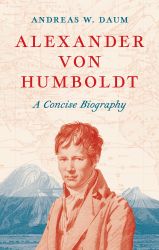
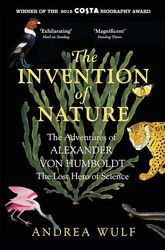
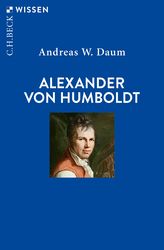
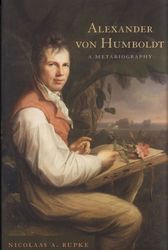
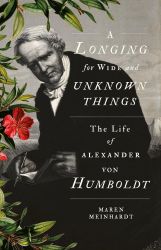
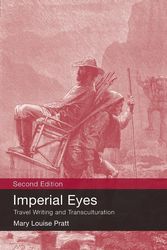
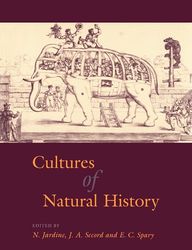
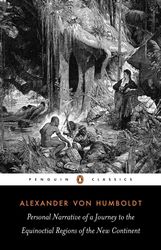
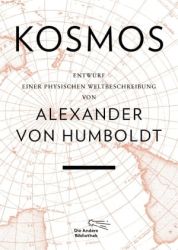
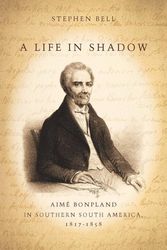
One comment